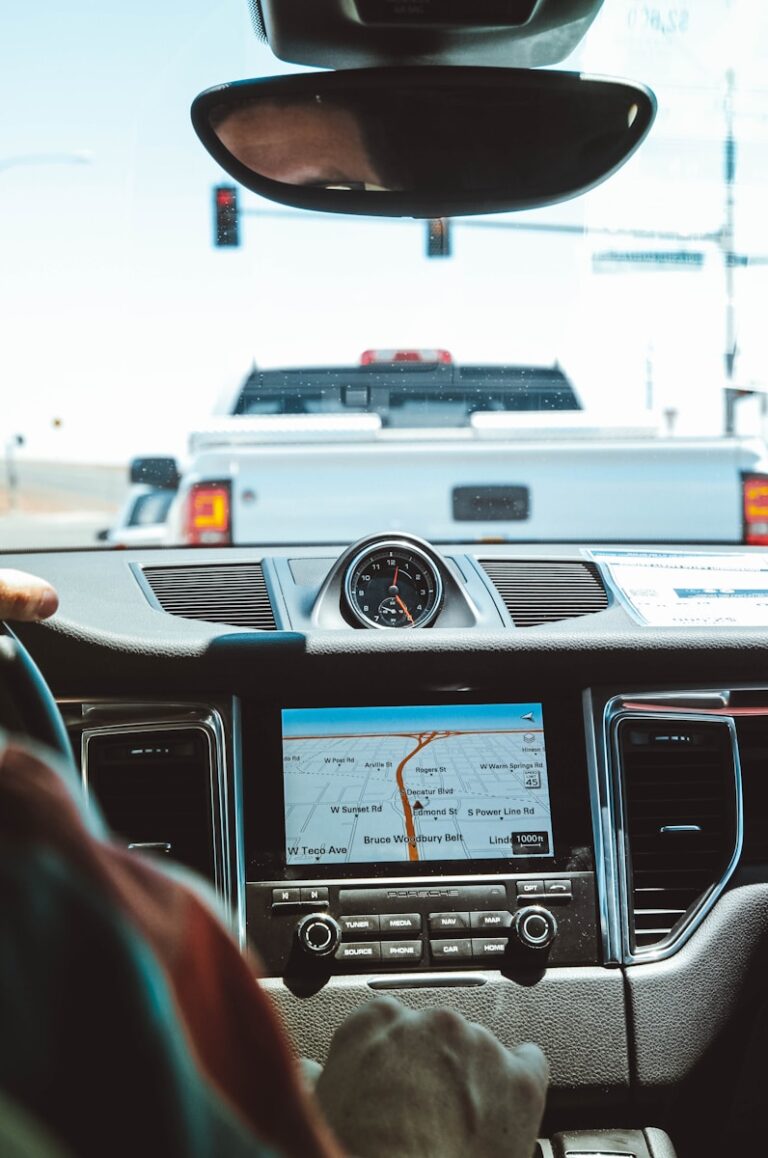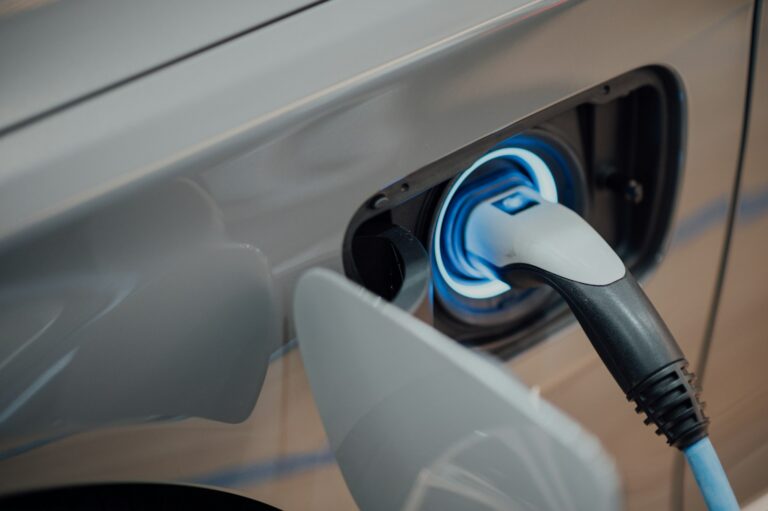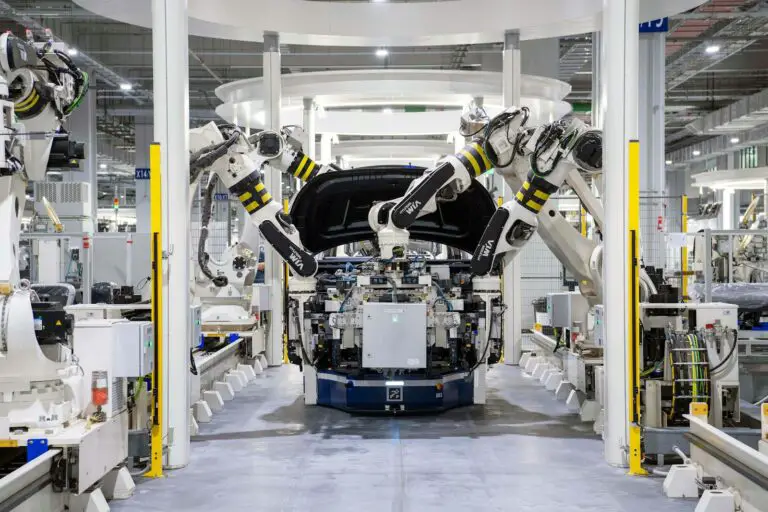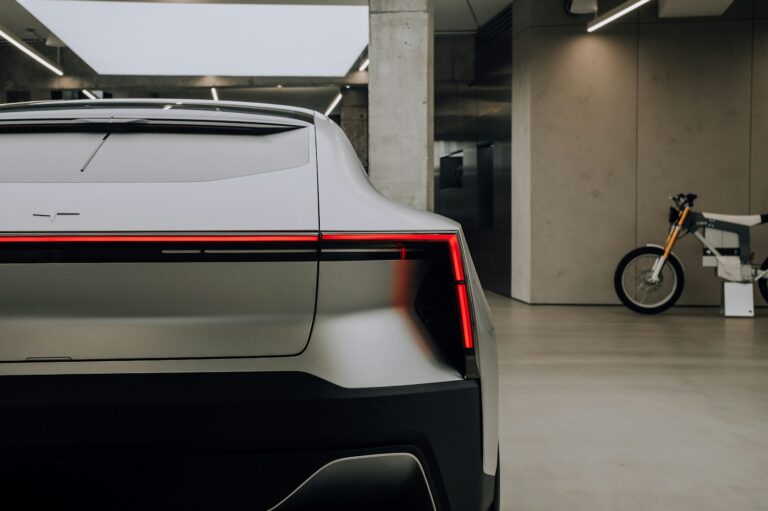Biometric Vehicle Access: The Future of Car Security
In the digital age, as vehicles become smarter, discussions around security inevitably lead to biometrics – the cutting-edge technology known for identifying individuals based on unique physical attributes. This is not your grandparent’s car lock. The automotive industry, always on the cusp of technological advancements, is shifting gears toward what could be the definitive paradigm in personal vehicle safety.
Biometric vehicle access (BVA) technology is an emerging trend that, with its promise of enhanced security and unparalleled convenience, is set to redefine our relationship with our cars. But what does this mean for automotive enthusiasts? In this comprehensive blog post, we’ll drive into the minutiae of BVA, exploring its potential, the hurdles it faces, and the roadmap to where it could take the automotive industry in the near future.

The Traditional Security Gearshift
Before we rev our engines on the biometric bandwagon, it’s important to look in the rearview mirror at the traditional methods that have kept our vehicles safe. From the trusty steering wheel lock to the advent of remote keyless entry systems, car security has come a long way. Yet, with the rise of sophisticated car theft techniques, the industry has been idling for an upgrade. We need to turn the page to a more robust and user-friendly system, and biometric technology appears to be the next chapter.
Evolution to Biometric Vehicle Access
Defining the Drive
What exactly is biometric vehicle access? In the most literal sense, it’s a security and convenience feature that uses unique human characteristics, such as fingerprints, retinal patterns, and even heartbeat and breathing, to authenticate access to a vehicle. This technology resonates with the concept of the ‘key to the heart,’ as it quite literally requires the driver’s specific biological data to initiate the pulse of the vehicle.
Pioneering the Path
The benefits of BVA over traditional methods are manifold. No longer do you need to juggle keys, fobs, and input codes – your presence alone can unlock and start your personal chariot. It’s a significant upgrade from existing systems that are, at times, clunky and vulnerable to duplication. This technology could be the panacea to the epidemic of car theft, providing an immobilizer that’s near-impenetrable.
Applications in Automotive Industry
The assimilation of BVA doesn’t mean a complete overhaul – it’s an innovation that seamlessly integrates into current systems, opening up a new gateway for user experience without shutting out reliable methods.
Keyless Entry System Redefined
Picture this – you walk up to your vehicle, and like a loyal guard, it recognizes your unique biometric signature, unlocking the doors at your approach. No buttons pressed, no fiddling with keys. Just intuitive, instant access.
Starting an Ecosystem With Your Fingertip
BVA doesn’t just stop at the entry point of your vehicle – it extends to the push-button start, allowing only verified drivers to fire up the engine. This integration not only adds another layer of security but also streamlines the startup process, making for a smoother, more human-centric experience.
Advantages of Biometric Vehicle Access
Locked and Loaded – The Security Advantages
The solidity of biometric data being virtually impossible to replicate makes for an unprecedented security measure. Unlike keys, which can be lost or stolen, your fingerprint or retinal scan is inseparable from you.
Drive-In Convenience
The most immediate and noticeable advantage for users is convenience. BVA eliminates the need for physical keys and memorized entry codes, providing a hands-free and effortless access experience that aligns with the pace of modern life.
Theft Reduction: The End of Joyriding
With the advanced security features that Biometric Vehicle Access brings, the industry may see a significant reduction in car theft. This means no more sleepless nights after leaving your car on the street or public parking lot.

Challenges and Considerations
Cost Considerations Red-Lined
Introducing biometric technology into vehicles comes with a high price tag, and affordability is a crucial consideration for mainstream adoption. The cost implications are not just for the manufacturing side but extend to repair and replacement if these systems malfunction or are damaged.
Privacy and Data Protection: Strapping In for the Long Haul
With the issue of privacy always at the forefront, concerns about the storage and usage of biometric data are valid. Establishing protocols that keep this data secure and out of the wrong hands will be a key challenge moving forward.
Technical Potholes
Biometric systems need to be highly accurate and reliable, able to function under various conditions such as extreme weather, poor visibility, or even injury. Any false negative could leave a driver locked out of their own vehicle.
Future Trends and Innovations
Biometrics 2.0
A look to the immediate future of BVA shows an expansion beyond the traditional biometric data points. Innovations are emerging that look into behavioral biometrics, such as gait recognition, as an added layer of security and personalization.
Smart Car Synergy
The next logical step for BVA is its integration within the larger smart car ecosystem. Imagine a vehicle that adjusts your seat, climate, and preferred infotainment settings simply by recognizing who you are.
Conclusion
Looking back at the winding road behind, it’s clear that car security has been an area ripe for disruption. The horizon ahead, defined by BVA, seems promising but not without its share of challenges. Biometric Vehicle Access stands ready at the crossroads of security and convenience, offering a tantalizing vision of safer, more personalized rides. But the future it steers into will depend on how well the automotive industry navigates the twists and turns of technical limitations, ethical considerations, and user adoption.
For enthusiasts, the integration of BVA technology signals the start of a new era in the world of driving. It’s a technological leap that promises a driving experience that’s not just connected, but uniquely yours – secure, convenient, and undeniably cool. Whether it’s about securing your dream car or the thrill of a start-up that responds to nothing but your own biological data, BVA is driving us toward a future where our vehicles truly become an extension of ourselves. Keep the engines running and the future in focus – because with biometrics, the car keys of tomorrow are anything but conventional.







